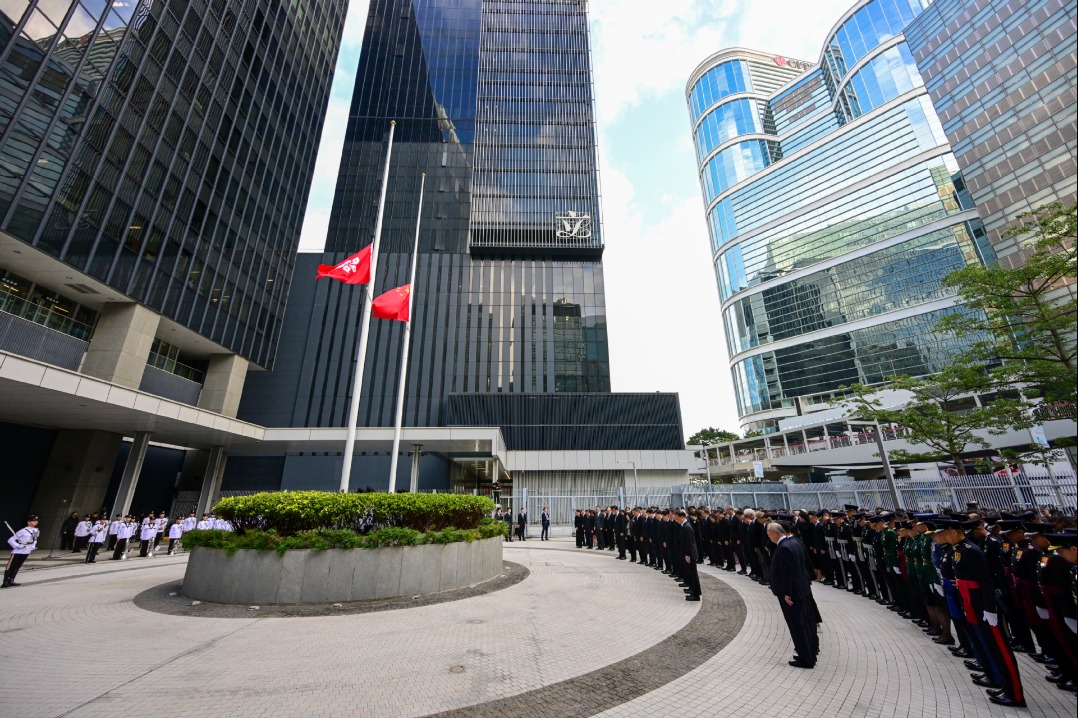Bullish feeling

The Ministry of Industry and Information Technology also came out with guidelines last year for merging and restructuring big enterprises, in a bid to cut down on wasteful competition and improve earnings quality. About 900 listed companies, with a total market capitalization of 4 trillion yuan, were expected to have been included in the scheme.
China also aims to have just three to five large automakers with core competitiveness, and increase the concentration ratio of top 10 automakers to 90 percent by 2015, according to the guidelines.
At the same time, the country will also work to cut a large number of steel producing enterprises and phase out outdated capacity through mergers, in a bid to raise the concentration ratio of top 10 steel producers to around 60 percent by 2015.
China will also slash the number of firms in the rare earths business through mergers and concentrate production capacity in the sector into a number of large enterprises, the guideline says.
Silver lining
|
||||
Though some companies have shelved or put on hold listing plans, many others are expected to tap the domestic and overseas markets this year, due to the market rally.
For most of these companies, raising funds from the capital markets seems to be a much more sound proposition than borrowings from banks and other financial lenders.
Aggregate corporate debt has already exceeded 110 percent of the GDP, compared to the 90 percent ratio that is widely considered to be the upper limit or safety margin, says Yin Zhongli, a senior researcher at the Chinese Academy of Social Sciences.
This leaves little room for further leveraging by enterprises, Yin says, adding that any large-scale program to fuel economic growth with easy credit would backfire badly on the economy.
Due to these circumstances, "it is hard to understate the importance of a healthy stock market to the economy in general and the corporate sector in particular," Yin says.
Moderate recovery
China's gross domestic product recorded a growth of 7.8 percent in 2012, a 13-year low and considerably lower than the 9.3 percent of 2011, according to data provided by the National Bureau of Statistics.
Although most of the economists were unanimous that the Chinese economy was facing downward pressure in 2012, with some even predicting a hard landing, the actual numbers indicated a better than anticipated performance.
The data also showed that consumer price index, the main gauge of inflation, was 2.6 percent, far lower than the government's target ceiling of 4 percent.
The robust indicators also prompted many experts to issue optimistic outlooks for 2013.
"The big picture is that China has avoided a hard landing and has engineered a gradual rebound of its growth, from the second quarter of last year. The strong mandate received by the new leadership is expected to give a further boost to confidence as expectations are that they would give a new impetus for growth with new development goals," says Dariusz Kowalczyk, senior economist with French retail banking group Credit Agricole.
According to Qu Hongbin, chief economist of HSBC China, economic growth in China during 2013 is likely to be around 8.6 percent despite the uncertain external market conditions. A rapid rebound in inflation is unlikely to happen, he says.
Bank of Communications also released a report recently, expecting GDP growth for 2013 to be 8.5 percent, as long as the country is committed to economic reform. Supported by an investment stimulus as the new government takes over, along with a recovery in exports and stable growth in consumption, the economy will grow faster this year than in 2012, the report says.
"I am optimistic about the market, but yes, there are some potential risks," says Rein from China Market Research Group.
The biggest challenge for policymakers would be to come out with steps to stimulate consumption, he says.
The National Bureau of Statistics had earlier indicated that consumption in 2012 had surpassed investment to become the largest contributor to the economy's growth. Its contribution to GDP was 51.8 percent, opposed to 50.4 percent from capital investment, while the contribution from net exports was a negative 2.2 percent.
All of these show that rather than chasing an increasing speed of growth, the government is now more focused on rebalancing the economy and restructuring growth.
The HSBC flash purchasing managers' index (PMI) rose to 51.9 in January, the highest since January 2011 and above the 50-point level that shows accelerating growth in the sector from the previous month.
Today's Top News
- Xi stresses improving long-term mechanisms for cyberspace governance
- Experts share ideas on advancing human rights
- Japan PM's remarks on Taiwan send severely wrong signal
- Key steps to boost RMB's intl standing highlighted
- Sustained fight against corruption urged
- Xi calls for promotion of spirit of volunteerism


































